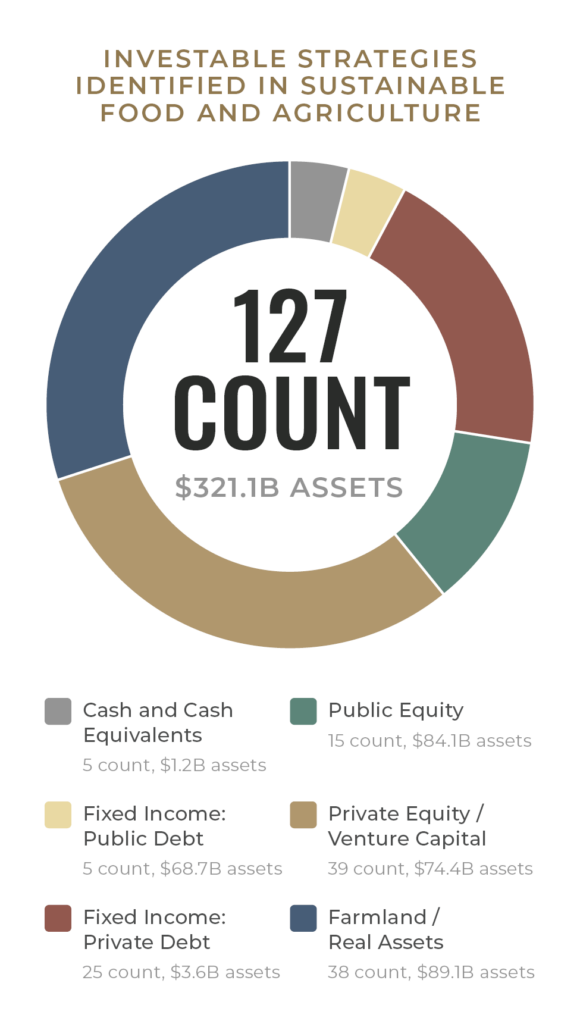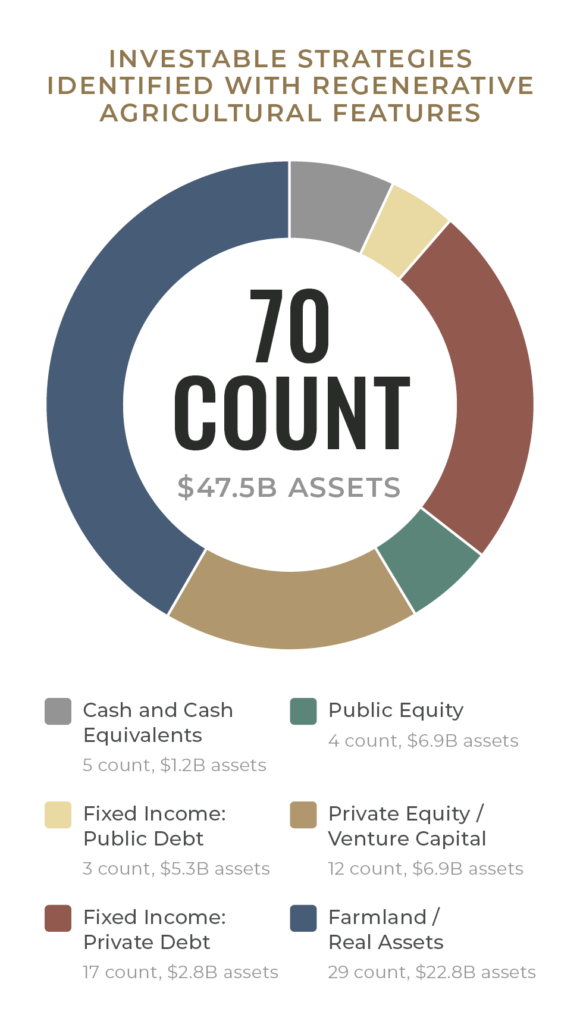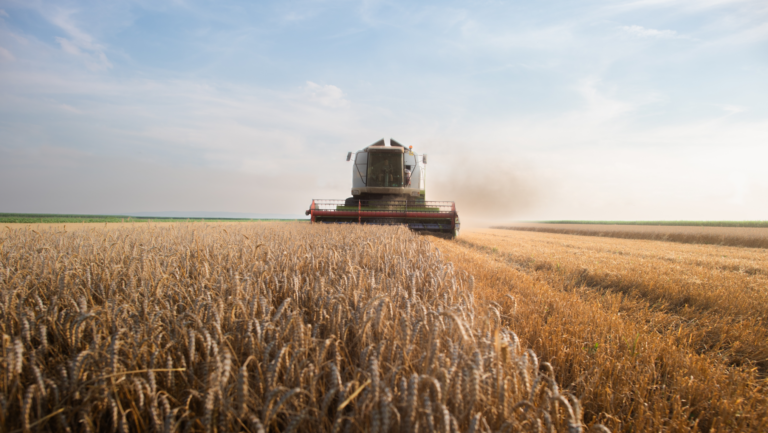The Rise of Regenerative Agriculture
It’s a term you hear everywhere these days in the agricultural sector. But what is it really?
Regenerative Agriculture
Definition: a climate-friendly approach to farming that focuses on restoring and enhancing the health of ecosystems while producing food and other agricultural products. It aims to work with nature rather than against it, promoting soil health, biodiversity, water conservation, and carbon sequestration.
Sounds nice. But to truly achieve this on a wider scale, there is an investment gap that must be filled. In 2019, the Croatan Institute quantified this fact. They released a report that found investable strategies identified in sustainable food and agriculture total $321.1 billion. Of these combined assets, less than 15 percent were identified as regenerative agriculture initiatives.


Climate-friendly agricultural practices could mitigate nearly 170 GtCO2e, while generating a nearly $10 trillion net financial return. (Source: Croatan Institute Report)
Long Story Short
Not only is regenerative agriculture an environmentally responsible investment, but investments in these practices are still in their early stages and represent a rapidly emerging market.






